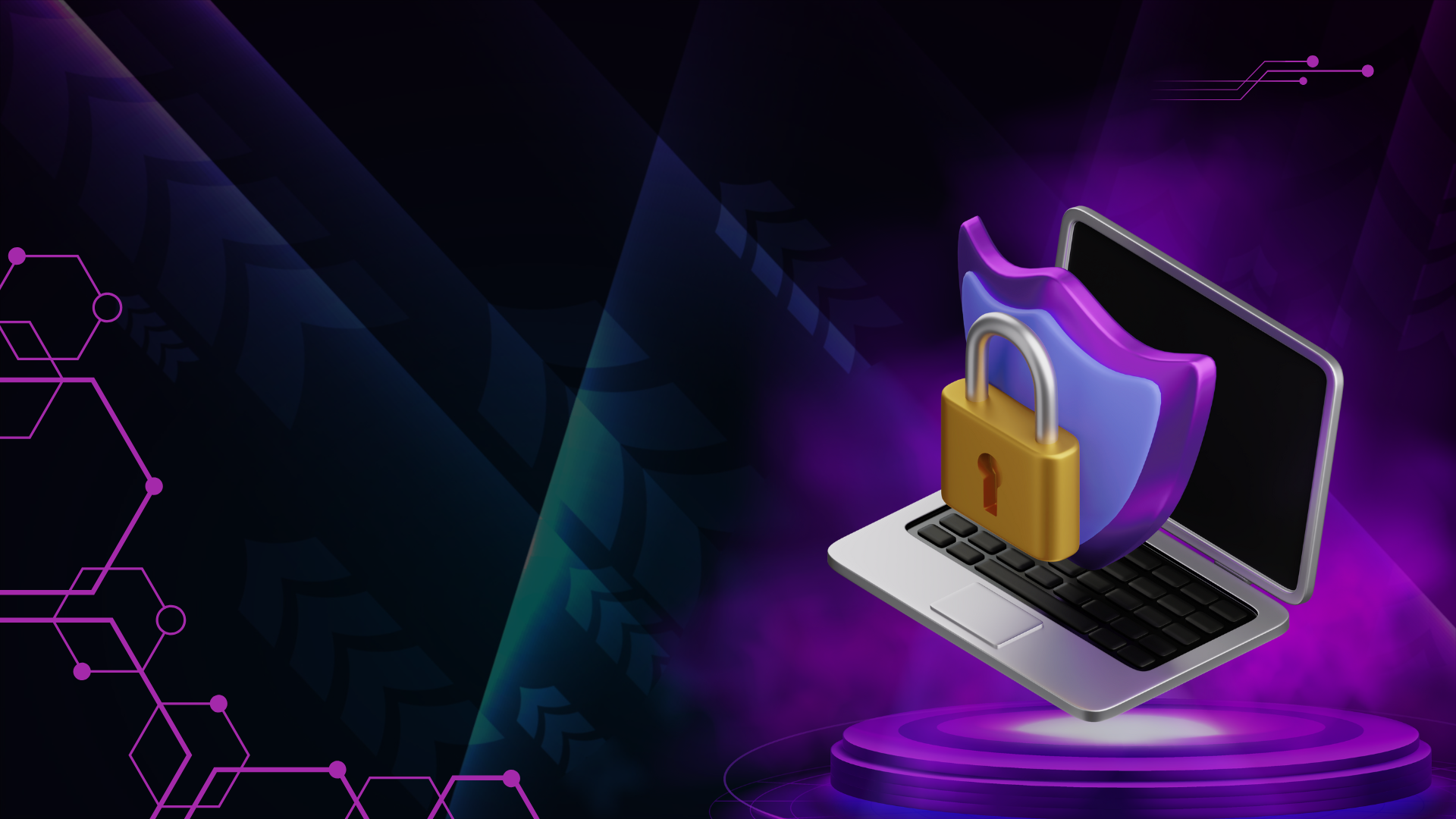In today’s digital landscape, the traditional security model—where everything inside the corporate network is trusted by default—is outdated and dangerous. With a distributed workforce, cloud services, and an ever-increasing number of devices, the traditional “hard shell, soft centre” approach is simply not enough. This is where Zero Trust Architecture (ZTA) comes in, offering a fundamental shift in how organisations approach cybersecurity.
What is Zero Trust?
The core principle of Zero Trust is simple yet profound: “Never trust, always verify.” This model assumes that no user, device, or application, whether inside or outside the network, should be implicitly trusted. Every access request, from any entity, is rigorously authenticated, authorised, and continuously validated before access is granted.
Zero Trust isn’t a single product you can buy off the shelf. It’s a strategic framework and a security mindset that requires a comprehensive approach to an enterprise’s IT infrastructure, encompassing policies, architecture, and technology.
Key Principles of Zero Trust Architecture
A successful Zero Trust implementation is built upon three foundational principles:
- Assume Breach: Acknowledge that a security breach is not a matter of “if” but “when.” This mindset drives a proactive approach, focusing on minimising the “blast radius” of a breach and containing any threats.
- Explicit Verification: All access requests must be explicitly and continuously verified based on all available data points. This includes user identity, device health, location, and the sensitivity of the data being accessed. Multi-factor authentication (MFA) is a cornerstone of this principle.
- Least Privilege Access: Users are only granted the minimum level of access and permissions required to perform their specific job functions. This concept, often called Just-in-Time (JIT) and Just-Enough Access (JEA), significantly reduces the potential for lateral movement within the network if an account is compromised.
Core Components of a ZTA
Implementing a Zero Trust framework involves several key components working in concert:
- Identity and Access Management (IAM): This is the foundation of ZTA. IAM solutions, including SSO (Single Sign-On) and MFA, are critical for verifying the identity of both human and non-human users (e.g., service accounts, APIs).
- Micro-segmentation: This involves dividing the network into small, isolated zones with their own specific security policies. It prevents a compromised entity from moving freely across the entire network, effectively containing threats.
- Zero Trust Network Access (ZTNA): This is a modern alternative to traditional VPNs. ZTNA grants secure, remote access to specific applications rather than the entire corporate network, enforcing per-request, policy-based access.
- Endpoint Security: Since devices are no longer inherently trusted, a ZTA must verify the security posture of every endpoint (laptops, mobile phones, IoT devices) before allowing access. This includes checking for up-to-date patches, antivirus software, and other compliance measures.
- Data Protection: Data should be classified, labelled, and protected with encryption both at rest and in transit. ZTA ensures that access policies are applied at the data level, regardless of where the data is stored.
- Automation and Analytics: Continuous monitoring and automated threat detection are vital. By collecting and analysing logs from various sources (SIEM solutions), organisations can quickly identify and respond to unusual behaviour and potential threats in real time.
A Step-by-Step Implementation Guide
Embarking on a Zero Trust journey can seem daunting, but a phased approach makes it manageable.
- Define Your “Protect Surface”: Start by identifying your most valuable assets, or “crown jewels”. This includes sensitive data, critical applications, and key services. Instead of trying to secure your entire vast network at once, focus on the areas that pose the highest risk.
- Map Transaction Flows: Understand how users, devices, and applications interact with your protect surface. Map out the typical paths and dependencies to identify all the potential access points and vulnerabilities.
- Build a Zero Trust Architecture: Design your architecture around your protect surface. This involves placing controls at every access point, implementing micro-segmentation, and deploying ZTNA to secure access to your critical assets.
- Create Policies: Develop a detailed policy based on the “who, what, when, where, why, and how” of every access request. This policy will govern who can access what, under what conditions, and for what purpose.
- Monitor and Optimise: Once implemented, continuously monitor the network for anomalies and malicious activity. Use analytics to refine your policies, automate responses to threats, and ensure your ZTA remains effective and adaptable to new challenges.
Why Zero Trust is a Must for Modern Enterprises
Zero Trust is more than just a security trend; it’s an essential strategy for today’s dynamic business environment. Its benefits include:
- Reduced Attack Surface: By eliminating implicit trust, Zero Trust drastically shrinks the area an attacker can exploit, limiting their ability to move laterally within the network.
- Enhanced Data Protection: It protects sensitive data by enforcing granular, identity-based access controls, regardless of the user’s location.
- Adaptability to the Cloud and Remote Work: The borderless nature of ZTA makes it ideal for securing cloud-based applications and a globally distributed workforce, which are now standard for most companies.
- Improved Compliance: The continuous monitoring and logging of all access requests provide an auditable trail that helps meet various regulatory and compliance requirements.
- Increased Visibility: ZTA gives security teams a clear, real-time view of all network activity, allowing for faster and more effective threat detection and response.
Adopting a Zero Trust framework is a significant investment, but in a world where cyber threats are becoming increasingly sophisticated, it’s the most effective way to secure your organisation’s future. Start small, think big, and remember: in the world of cybersecurity, trust is a vulnerability.

